Plastic mold pedia
- 2021-10-12
Plastic mold is an abbreviation for a combined mold used for compression molding, extrusion molding, injection, blow molding and low foam molding. The coordinated changes of mold convex and concave molds and auxiliary molding system can process a series of plastic parts of different shapes and different sizes.
Plastic molds are the mother of industry, and new product releases now involve plastics.
Uses: compression molding, extrusion, injection, blow molding
Structure: Concave mold combination substrate
Features: can process plastic parts of different shapes
Contents:
It mainly includes a concave mold with a variable cavity composed of a female mold combined substrate, a female mold component, and a female mold combined card board. A punch with a variable core composed of side-cut composite plates.
In order to improve the performance of plastics, various auxiliary materials, such as fillers, plasticizers, lubricants, stabilizers, colorants, etc., must be added to the polymer to become plastics with good performance.
1. Synthetic resin is the most important component of plastics, and its content in plastics is generally 40% to 100%. Because of the large content and the nature of the resin often determines the nature of the plastic, people often regard the resin as a synonym for plastic. For example, confuse polyvinyl chloride resin with polyvinyl chloride plastics, and phenolic resins with phenolic plastics. In fact, resin and plastic are two different concepts. Resin is an unprocessed raw polymer that is not only used to make plastics, but also a raw material for coatings, adhesives, and synthetic fibers. In addition to a very small part of plastics that contain 100% resin, most plastics need to add other substances in addition to the main component resin. 2. Filler Filler is also called filler, which can improve the strength and heat resistance of plastics and reduce costs. For example, the addition of wood powder to the phenolic resin can greatly reduce the cost, making the phenolic plastic one of the cheapest plastics, and at the same time, it can significantly improve the mechanical strength. Fillers can be divided into two types: organic fillers and inorganic fillers, the former such as wood flour, rags, paper and various fabric fibers, and the latter such as glass fiber, diatomaceous earth, asbestos, carbon black and so on.
3. Plasticizers Plasticizers can increase the plasticity and flexibility of plastics, reduce brittleness, and make plastics easier to process and shape. Plasticizers are generally high-boiling organic compounds that are miscible with resin, non-toxic, odorless, and stable to light and heat. The most commonly used are phthalate esters. For example, in the production of polyvinyl chloride plastics, if more plasticizers are added, soft polyvinyl chloride plastics can be obtained; if no or less plasticizers are added (amount <10%), rigid polyvinyl chloride plastics can be obtained .
4. Stabilizer In order to prevent the synthetic resin from being decomposed and damaged by light and heat during processing and use, and to extend the service life, a stabilizer should be added to the plastic. Commonly used are stearate, epoxy resin and so on.
5. Colorants Colorants can make plastics have various bright and beautiful colors. Commonly used organic dyes and inorganic pigments are used as colorants.
6. Lubricant The role of the lubricant is to prevent the plastic from sticking to the metal mold during molding, and at the same time make the surface of the plastic smooth and beautiful. Commonly used lubricants include stearic acid and its calcium and magnesium salts. In addition to the above additives, flame retardants, foaming agents, antistatic agents, etc. can also be added to the plastic.
The various tools and products used in our daily production and life, ranging from the base of the machine tool, the body shell, to a small screw, button and the shell of various household appliances, are all closely related to the mold. The shape of the mold determines the appearance of these products, and the processing quality and precision of the mold also determines the quality of these products. Because of the different materials, appearance, specifications and uses of various products, molds are divided into non-plastic molds such as casting molds, forging molds, die-casting molds, and stamping molds, as well as plastic molds.
In recent years, with the rapid development of the plastics industry and the continuous improvement in strength and precision of general and engineering plastics, the application range of plastic products is also expanding, such as: household appliances, instrumentation, construction equipment, automobile industry, In many fields such as household hardware, the proportion of plastic products is increasing rapidly. A reasonably designed plastic part can often replace multiple traditional metal parts. The trend of plasticization of industrial products and daily-use products is on the rise.
The general definition of mold: In industrial production, various presses and special tools installed on the press are used to make metal or non-metallic materials into parts or products of the required shape through pressure. Such special tools are collectively called molds.
Description of the injection molding process: A mold is a tool for producing plastic products. It is composed of several groups of parts, and there is a molding cavity in this combination. During injection molding, the mold is clamped on the injection molding machine, the molten plastic is injected into the molding cavity, cooled and shaped in the cavity, and then the upper and lower molds are separated, and the product is ejected from the cavity and out of the mold through the ejection system, and finally the mold is closed For the next injection, the entire injection molding process is carried out cyclically.
A. Injection molding mold-TV shell, keyboard buttons, electronic products, computer peripheral plastic products, toys, housewares (most commonly used)
B. Blow mold-beverage bottle
C. Compression molding mold-bakelite switch, scientific porcelain dishes
D. Transfer molding mold-integrated circuit products
E. Extrusion mould-glue pipe, plastic bag
F. Thermoforming mold-transparent molded packaging shell
G. Rotary forming mold-soft doll toy
According to the different types of gating system, the molds can be divided into three categories:
(1) Large nozzle mold: The runner and gate are on the parting line and are demolded together with the product when the mold is opened. The design is the simplest, easy to process, and low cost, so more people use the large nozzle system to work.
(2) Fine nozzle mold: runners and gates are not on the parting line, generally directly on the product, so it is necessary to design an additional set of nozzle parting lines, the design is more complicated, and the processing is more difficult. Generally, the selection depends on the product requirements. Fine nozzle system.
(3) Hot runner mold: The structure of this type of mold is roughly the same as that of the nozzle. The biggest difference is that the runner is in one or more hot runner plates and hot nozzles with constant temperature. There is no cold material demoulding, runner and pouring. The port is directly on the product, so the runner does not need to be demolded. This system is also called a nozzleless system, which can save raw materials, and is suitable for situations where raw materials are more expensive and products require higher requirements. Design and processing are difficult, and mold costs are higher.
The hot runner system, also known as the hot runner system, is mainly composed of a hot sprue sleeve, a hot runner plate, and a temperature control electric box. Our common hot runner system has two forms: single-point hot gate and multi-point hot gate. The single-point hot gate uses a single hot sprue sleeve to directly inject the molten plastic into the cavity. It is suitable for plastic molds with a single cavity and single gate; the multi-point hot gate branches the molten material to each The sub-heat sprue sleeve then enters the cavity. It is suitable for single cavity multi-point feeding or multi-cavity molds.
◆Advantages of hot runner system
(1) No nozzle material, no need for post-processing, so that the entire molding process is fully automated, saving working time and improving work efficiency.
(2) The pressure loss is small. The temperature of the hot runner is equal to the nozzle temperature of the injection molding machine, which avoids the surface condensation of the raw materials in the runner, and the injection pressure loss is small.
(3) The repeated use of the nozzle material will degrade the performance of the plastic, and the use of the hot runner system without the nozzle material can reduce the loss of raw materials, thereby reducing the cost of the product. The temperature and pressure in the cavity are uniform, the stress of the plastic part is small, and the density is uniform. Under a small injection pressure and a short molding time, a better product can be injected than the general injection molding system. For transparent parts, thin parts, large plastic parts or high-demand plastic parts, it can show its advantages, and can produce larger products with smaller models.
(4) The hot nozzle adopts standardized and serialized design, equipped with various nozzle heads to choose from, and has good interchangeability. The uniquely designed and processed electric heating ring can achieve uniform heating temperature and long service life. The hot runner system is equipped with hot runner plates, thermostats, etc., with exquisite design, diverse types, convenient use, and stable and reliable quality.
◆The shortcomings of hot runner system application
(1) The closing height of the overall mold is increased, and the overall height of the mold is increased due to the addition of hot runner plates, etc.
(2) The heat radiation is difficult to control. The biggest problem of the hot runner is the heat loss of the runner, which is a major issue that needs to be solved.
(3) There is thermal expansion, thermal expansion and contraction are issues that we must consider when designing.
(4) The cost of mold manufacturing increases, and the price of standard parts of the hot runner system is higher, which affects the popularization of hot runner molds.
1. Don't just focus on product design and ignore plastic mold manufacturing.
When developing products or trial production of new products, some users often only focus on product research and development at the initial stage, neglecting communication with plastic mold manufacturers. After the product design plan is initially determined, there are two benefits to contact with the mold manufacturer in advance:
It can ensure that the designed product has a good forming process, and the finalized design will not be modified because the parts are difficult to process.
The mold maker can make design preparations in advance to prevent ill-consideration in a hurry and affect the construction period.
To produce high-quality plastic molds, only the close cooperation between the supply and demand sides can ultimately reduce costs and shorten the cycle.
2. Don't just look at the price, but consider the quality, cycle, and service in an all-round way.
There are many types of molds, which can be roughly divided into ten categories. According to different requirements of parts materials, physical and chemical properties, mechanical strength, dimensional accuracy, surface finish, service life, economy, etc., different types of mold forming are selected.
Molds with high precision requirements need to be processed by high-precision CNC machine tools, and mold materials and forming processes have strict requirements, and CAD / CAE / CAM mold technology must be used for design and analysis.
Due to the special requirements of some parts during molding, the mold also needs advanced technology such as hot runner, gas-assisted molding, and nitrogen cylinder.
The manufacturer shall have CNC, EDM, wire cutting machine tools and CNC copy milling equipment, high-precision grinders, high-precision three-coordinate measuring instruments, computer design and related software.
Generally, large-scale stamping dies (such as automobile covering parts dies) should consider whether the machine tool has an edge holding mechanism, even edge lubricant, multi-station progressive, etc. In addition to stamping tonnage, the number of punches, feeding devices, machine tools and mold protection devices must also be considered.
The manufacturing methods and processes of the above-mentioned molds are not available and mastered by every enterprise. When choosing a cooperating manufacturer, you must understand its processing capabilities, not only on the hardware and equipment, but also on the management level, processing experience, and technical strength.
For the same set of molds, the quotations of different manufacturers sometimes differ greatly. You should not pay more than the cost of the mold, nor should it be less than the cost of the mold. Mold manufacturers, like you, must make reasonable profits in their business. Ordering a set of molds with a much lower quotation would be the beginning of the trouble. Users must proceed from their own requirements and comprehensively measure.
3.Third, avoid multi-head collaboration, try to make plastic molds and product processing through one-stop.
With qualified molds (qualified test pieces), it may not be possible to produce batches of qualified products. This is mainly related to the selection of the part processing machine tool, the forming process (forming temperature, forming time, etc.) and the technical quality of the operator.
With a good mold, there must be a good forming process, it is best to cooperate in one-stop, and try to avoid multi-head cooperation. If the conditions are not met, it is necessary to choose one party to be fully responsible, and it must be clearly stated when signing the contract.
First, the effective management of product data management, process data management, drawing document management: effective mold product data management, process data management, drawing document management, can ensure the comprehensiveness of the document, the consistency of the drawing version; Drawings can achieve effective sharing and effective query utilization. A complete file management computer database can be established, and the design drawings accumulated by the design department, scattered, previously scattered and isolated information can be organized and used to prevent 2d, 3d confusion due to design drawings, original, design changes, and maintenance versions Confusion, 3D model and 2D drawing data inconsistency, 2D drawing design is not standardized and chaotic, which causes problems that are not easy to be discovered and corrected in time, causing molds to be modified and reworked, or even obsolete, increasing mold manufacturing costs and lengthening mold manufacturing The production cycle affects the delivery period.
Second, maintain the consistency and integrity of the plastic mold drawings, processing technology, and physical data: through effective, meticulous and strict testing methods, ensure the consistency and integrity of the mold drawings, processing technology, and physical data sex.
Third, the design and manufacturing costs of each set of plastic molds must be summarized in time: by effectively controlling the issuance of work subpoenas in the workshop, and effectively managing the scrap of tools; through accurate mold structure design, efficient mold parts processing and accuracy The inspection of spare parts will effectively reduce the additional cost of mold design changes and maintenance, so as to obtain the actual cost of each mold and effectively control the quality of the mold.
Fourth, overall planning: organically organize and integrate information such as planning, design, processing technology, workshop production conditions, human resources, etc. for overall planning, so as to effectively coordinate planning and production, and effectively ensure the quality of plastic molds and deliver on time .
Fifth, develop a complete and practical plastic mold production management system: develop a complete mold production management system to realize the computer information management of product data management, process data management, plan management, and schedule management of the mold production management process The system includes plastic mold production plan formulation, mold design, process formulation, workshop task assignment and product inspection, warehouse management, etc., so that mold manufacturing and related auxiliary information can be fully tracked and managed from planning to completion and delivery.
-
TAG:
No more
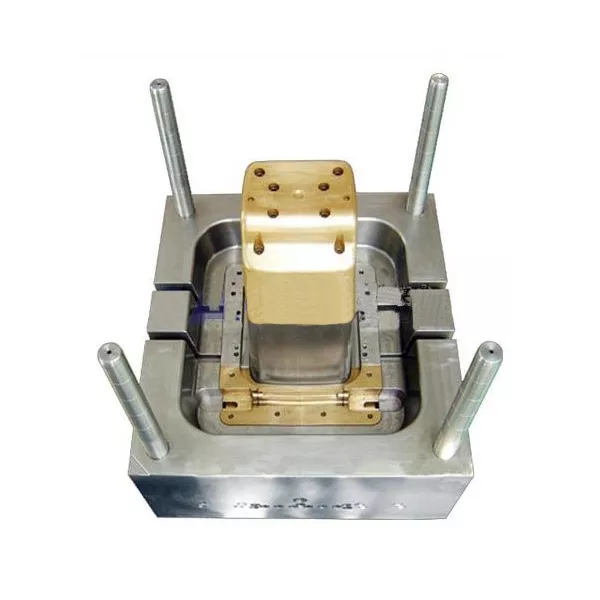
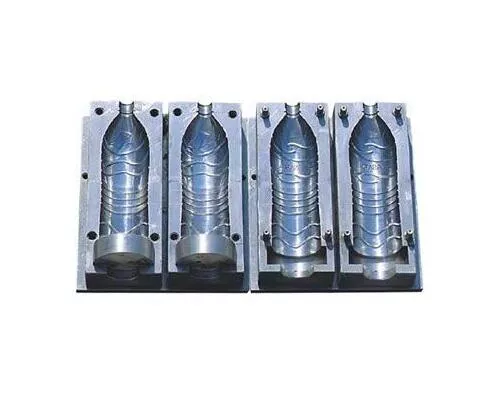
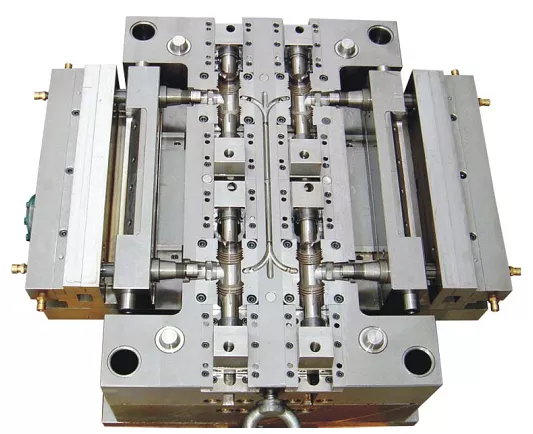
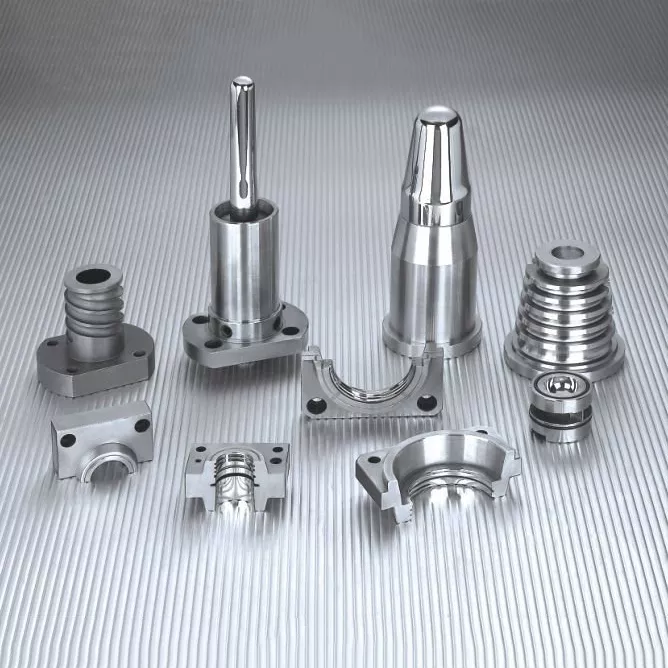
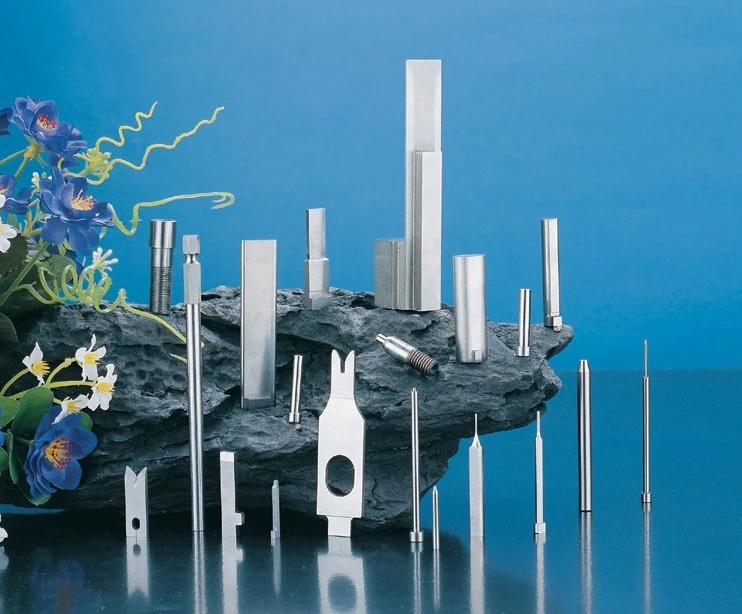
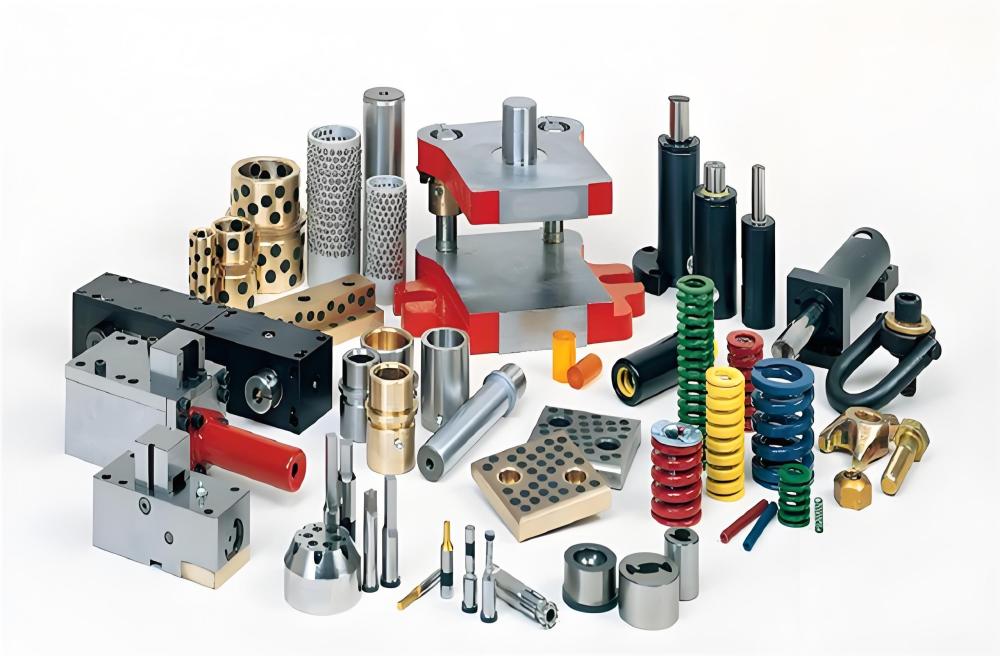
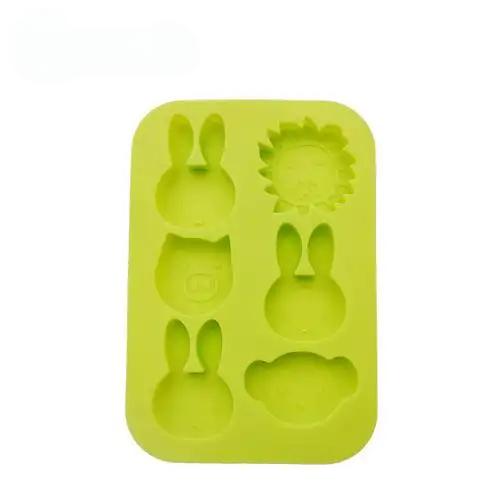
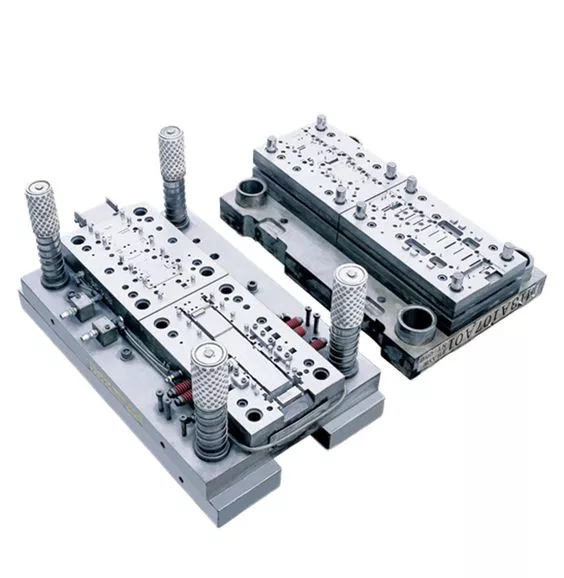
Send Your Inquiry Now